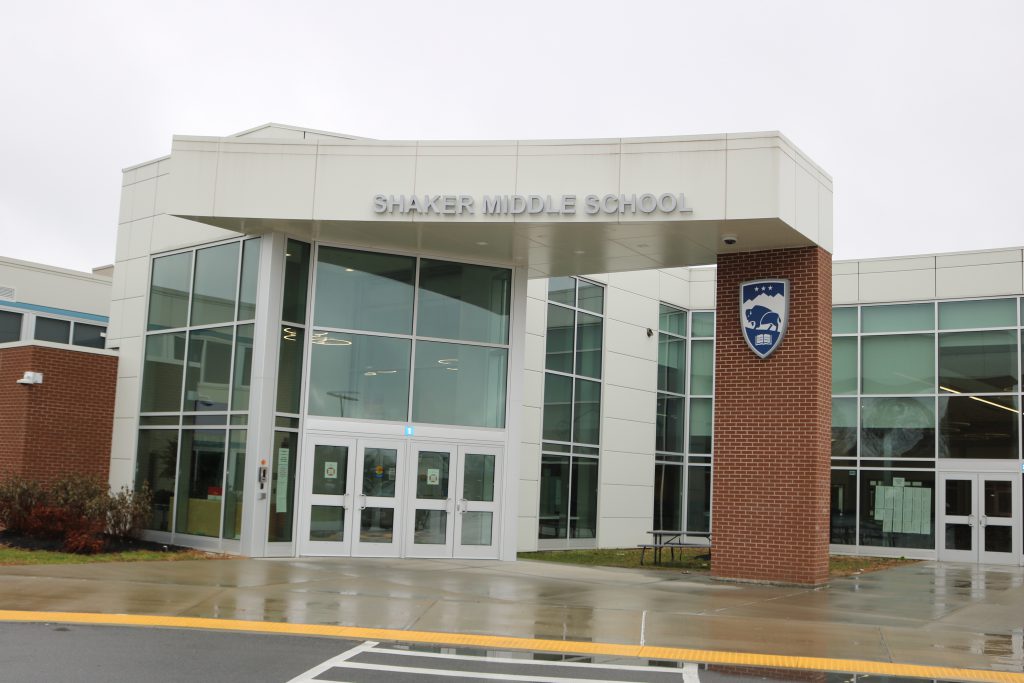View the version of the 2024-2025 Shaker Middle School Course Catalog.
The Shaker Middle School Course Description Guide is designed to assist students and families in understanding the course offerings in sixth, seventh and eighth grade. You are encouraged to seek the guidance of your teachers and school counselor when planning your course selections for the following year.

Academics Links
CONTACTS
SMS Administration
Davis Chamberlain, Building Principal
Nicole French, Haystack Hall Principal
Thea MacFawn, Wright Hall Principal
Bill Pickett, Skylight Hall Principal
Lauren Sheeler, Algonquin Hall Principal
District Supervisors
Art: Anne Manzella
Counseling/Mental Health Services: Tricia Doyle
English: Pamela Burns
Family & Consumer Sciences: Eric Phillips
Health & Physical Education: David Stadtlander
Mathematics: Nick Verdile
Music Education: Deborah Keough
Science: Keith Bogert
Social Studies: Robert Pollaro
Technology Education: Eric Phillips
World Languages/ENL: Brenna Muldoon
Special Education: Elizabeth Pomerville
Middle School Counselors
Stacey Angell, Student Assistance Counselor
Annie Chu, Haystack & Wright Hall (6th)
Margaret Demeter, Haystack Hall (7th/8th)
Melissa Esannason, Algonquin & Skylight (6th)
Robyn Hayes, Algonquin Hall (7th/8th)
Scott Iovinella, Skylight Hall (7th/8th)
Lisa Suarez, Wright Hall (7th/8th)